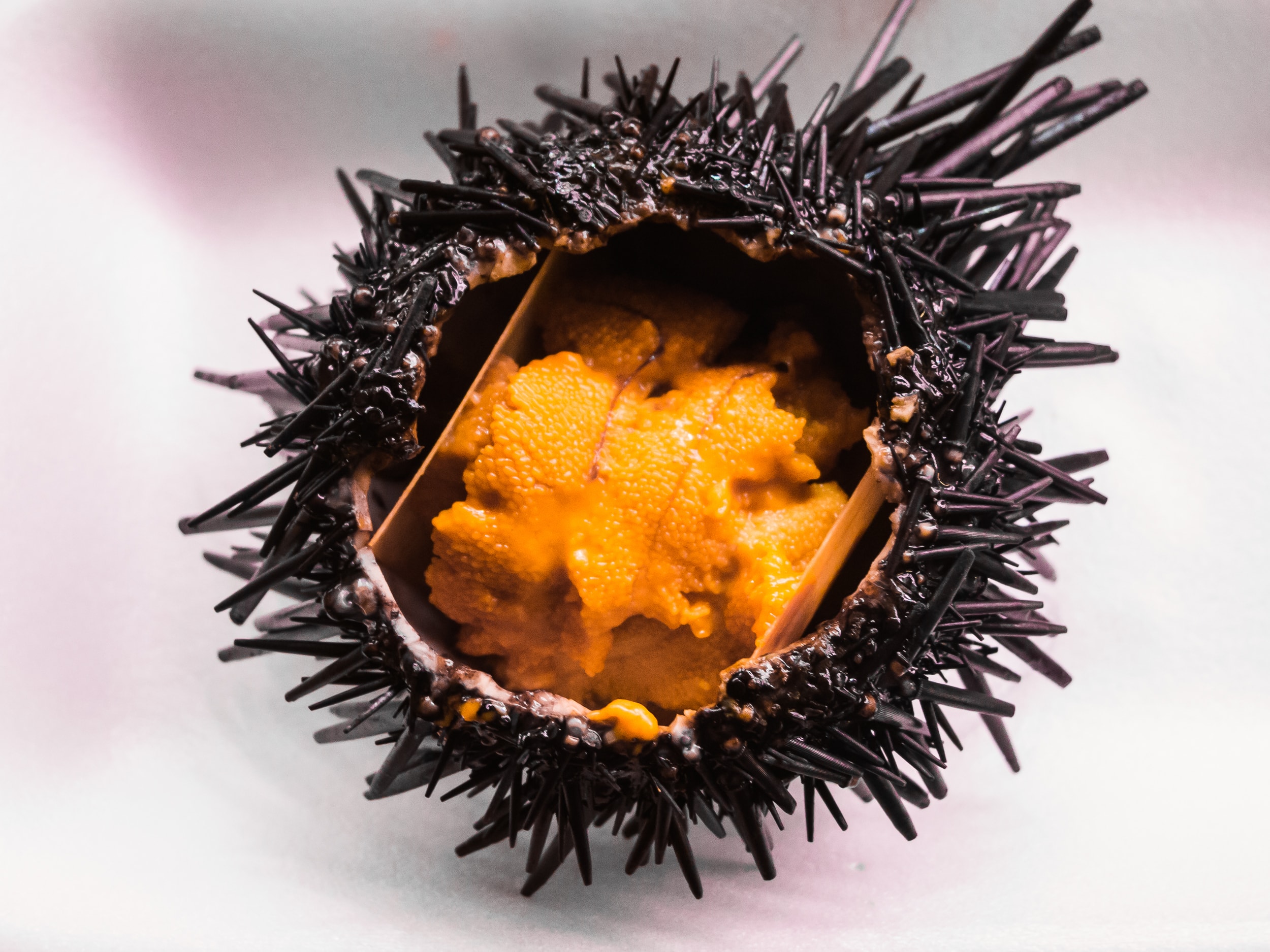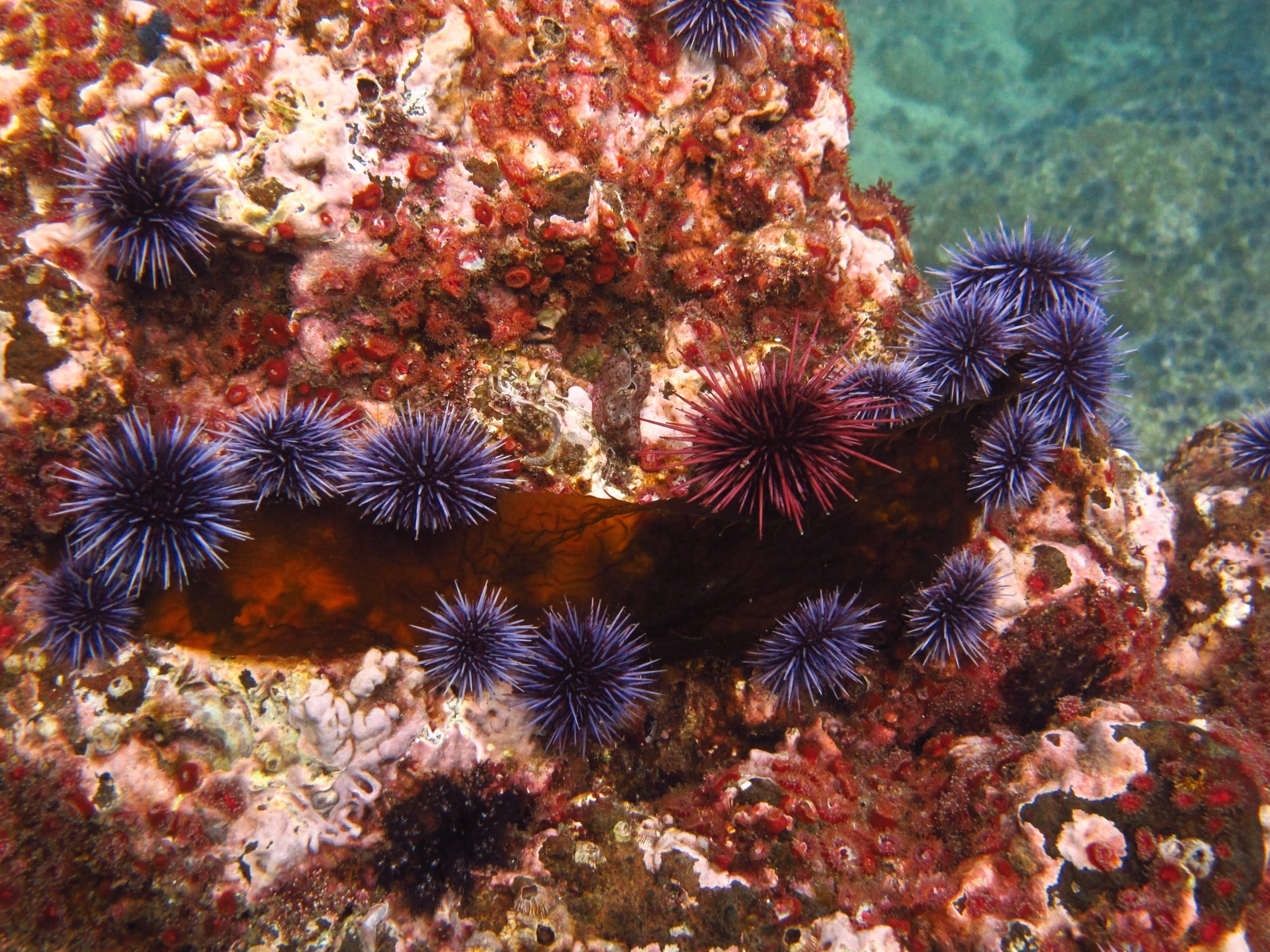Could Sea Urchin Farming Ensure Stable Supply?
Sea urchins, also known as uni in Japan, are seen as a delicacy. They have been popular for a long time in Japan and now their popularity in Europe and the US is also rising. However, the ever-increasing demand can not be met by the supply, as the results from wild catch decrease yearly. Sea urchin farming is still rarely done but could provide a stable supply to meet the high demand.
The interest in sea urchin aquaculture has been accelerated by a difficult situation in the United States: sea urchin barrens. These are negatively affecting other species, such as kelp, red abalone, and red sea urchins. Investing in sea urchin aquaculture could help diminish the effects of the sea urchin barrens and regenerate these coastal areas.

High Demand, Low Supply
Many reports stress that the demand for sea urchin is rising, although it is hard to measure how high the demand actually is. Japan consumes approximately 80-90% of the global supply and researchers estimate that the demand in Japan is not fully met yet. The demand from Europe and the US is rising as well. In Europe, sea urchins are traditionally consumed by Mediterranean countries such as Italy and France. Nowadays, sea urchin is especially demanded by high-end restaurants and sushi restaurants.
This increasing demand is unfortunately not met by increasing supply. The supply of sea urchins has been decreasing significantly over the last few decades. In 2014, approximately 72.2K tons were harvested, compared to 116.4K tons in 1995. This decrease in supply is mainly due to overfishing and changing environmental conditions.
Many researchers estimate that the demand for urchin is currently not met by the supply and that there are still opportunities for growth in this market. As the current supply is so much lower than during its peak in 1995, researchers are confident that increased supply would be consumed. It is important to note that the unmet demand mainly comes from Japan, although France is also seen as a growth market, albeit significantly smaller. Even though there is an increase in restaurants using sea urchins, the demand from this sector is highly unstable.

US Sea Urchin Barrens Intensify the Supply Shortage
Even though there are generally not enough sea urchins to meet the demand, the US has an opposite problem: they have too many sea urchins. However, none of these sea urchins are commercially viable, as they are in starvation mode due to a sea urchin barren.
In a sea urchin barren, nothing can grow except for the urchins. Sea urchins can survive for a long time without sustenance, as they can put themselves into starvation mode. Along the Western Coast of the US, the purple sea urchin population has risen by 10,000% since 2014. Over the last few years, there has been an influx of warmer water, in which sea urchins thrive. There are now large patches along the US West Coast which are filled with nothing but purple sea urchins and these barrens can last very long. In Alaska, there has been a sea urchin barren for more than 25 years and near Hokkaido, Japan, there has been a barren for over 80 years.
Sea urchins in the barrens cannot be used for direct consumption. As they are in starvation mode, their roe is shriveled and thus they do not provide any flesh. They can only be harvested for consumption after refeeding. The barrens lead to serious ecological and economic problems. As sea urchins eat anything on their way, there is no feed left for other species, such as red abalone and kelp, causing them to starve to death. The biodiversity loss is thus huge, which in turn also affects the US fishing economy.

Possibilities for Sea Urchin Farming
The two dynamics discussed- the high demand and low supply as well as the sea urchin barrens in the US - highlight that there are possibilities of expansion of sea urchin aquaculture. Farming sea urchins could ensure a stable supply in the years to come. Wild catch still dominates the sea urchin industry. According to a report by Matis, only 0.01% of the 75K tons of sea urchins sold globally were produced through aquaculture in 2017.
Sea urchin aquaculture is often seen as too expensive to be lucrative and is thus not practiced on a large scale. The balance between remaining economical and producing high-quality sea urchin roe is very difficult to reach, as the sea urchins go into starvation mode quickly. Furthermore, researchers have been having difficulties finding proper feed for the urchins, as the taste of the urchin roe is highly dependent on their feed. Recently university and private projects have located alternative sources of feed, such as cabbage and ogo, that positively affect the quality of the roe.

Increasing sea urchin aquaculture could make sure that the increasing demand for the roe can be met, whilst simultaneously ensuring that the urchin fisheries will not become overfished. It can also provide a solution for current urchin barrens. The starved purple sea urchins can be collected and transported to sea urchins farms. There, they can be re-fed until their roe becomes commercially viable again and later they can be sold for commercial use.
Although sea urchin farming is not widely practiced yet, the interest in it has increased significantly over the last few years. The US sea urchin barren has further accelerated interest and many universities have started research programs on ideal oxygen conditions and feed alternatives. Investors from Japan have shown interest in sea urchin farms and countries such as Italy, the US, Norway, and Japan are enlarging their existing farms.
References
- NPR. "Saving California's Kelp Forest May Depend On Eating Purple Sea Urchins."
- Matis. "Markets for Sea Urchins: A Review of Global Supply
Global Aquaculture Alliance. "Aquaculture could enhance Mediterranean Sea urchin fishery."
SeafoodSource. "Newfoundland fisherman attempting to farm sea urchins."


